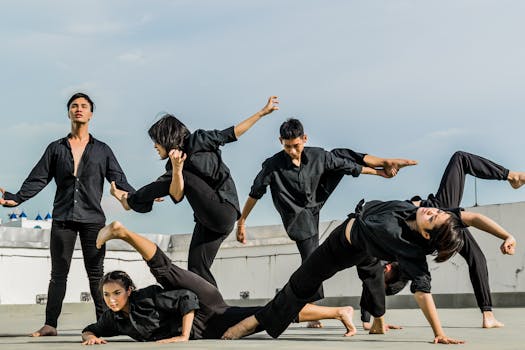Yoga for Flexibility: Poses to Improve Your Mobility
In today’s fast-paced world, maintaining flexibility is crucial for overall health and well-being. Flexibility not only enhances physical performance but also reduces the risk of injuries and improves posture. Yoga, an ancient practice that combines physical postures, breathing techniques, and meditation, is an excellent way to enhance flexibility. This article explores various yoga poses that can significantly improve your mobility, backed by research and expert insights.
The Importance of Flexibility
Flexibility refers to the ability of your joints and muscles to move through their full range of motion. It plays a vital role in daily activities, athletic performance, and injury prevention. According to a study published in the Journal of Strength and Conditioning Research, individuals with greater flexibility tend to have better athletic performance and lower injury rates.
Here are some key benefits of improved flexibility:
- Enhanced athletic performance
- Reduced muscle soreness
- Improved posture and alignment
- Increased blood flow and circulation
- Better stress management and relaxation
Yoga Poses to Enhance Flexibility
Incorporating specific yoga poses into your routine can significantly improve your flexibility. Below are some effective poses that target various muscle groups:
1. Downward-Facing Dog (Adho Mukha Svanasana)
This foundational pose stretches the hamstrings, calves, and shoulders while strengthening the arms and legs. It also helps to elongate the spine.
2. Forward Fold (Uttanasana)
This pose stretches the hamstrings and lower back, promoting relaxation and relieving tension. It can be particularly beneficial for those who spend long hours sitting.
3. Butterfly Pose (Baddha Konasana)
This seated pose opens the hips and groin, making it an excellent choice for improving hip flexibility. It also encourages relaxation and mindfulness.
4. Pigeon Pose (Eka Pada Rajakapotasana)
Pigeon Pose is a deep hip opener that stretches the hip flexors and glutes. It can help alleviate tightness in the hips, which is common in individuals who sit for extended periods.
5. Cobra Pose (Bhujangasana)
This backbend stretches the chest, shoulders, and abdomen while improving spinal flexibility. It also helps counteract the effects of prolonged sitting.
Case Studies and Expert Insights
Numerous studies have highlighted the benefits of yoga for flexibility. A study conducted by the University of California found that participants who practiced yoga regularly showed a significant increase in flexibility compared to those who did not. The research indicated that even a short, consistent yoga practice could lead to measurable improvements in flexibility.
Experts recommend incorporating yoga into your routine at least two to three times a week for optimal results. According to Dr. Timothy McCall, a renowned yoga physician, “Yoga is not just about stretching; it’s about creating space in the body and mind.” This holistic approach can lead to lasting improvements in flexibility and overall well-being.
Tips for Practicing Yoga Safely
While yoga is generally safe, it’s essential to practice mindfully to avoid injuries. Here are some tips to ensure a safe and effective yoga practice:
- Listen to your body and avoid pushing into pain.
- Warm up before starting your practice.
- Use props like blocks and straps to assist in poses.
- Focus on your breath to enhance relaxation and concentration.
- Consider joining a class with a certified instructor for guidance.
Conclusion
Improving flexibility through yoga is not only beneficial for physical health but also enhances mental well-being. By incorporating poses like Downward-Facing Dog, Forward Fold, and Pigeon Pose into your routine, you can experience significant improvements in mobility and overall quality of life. Remember to practice mindfully and listen to your body to reap the full benefits of your yoga journey. With consistency and dedication, you can unlock a more flexible, healthier you.
